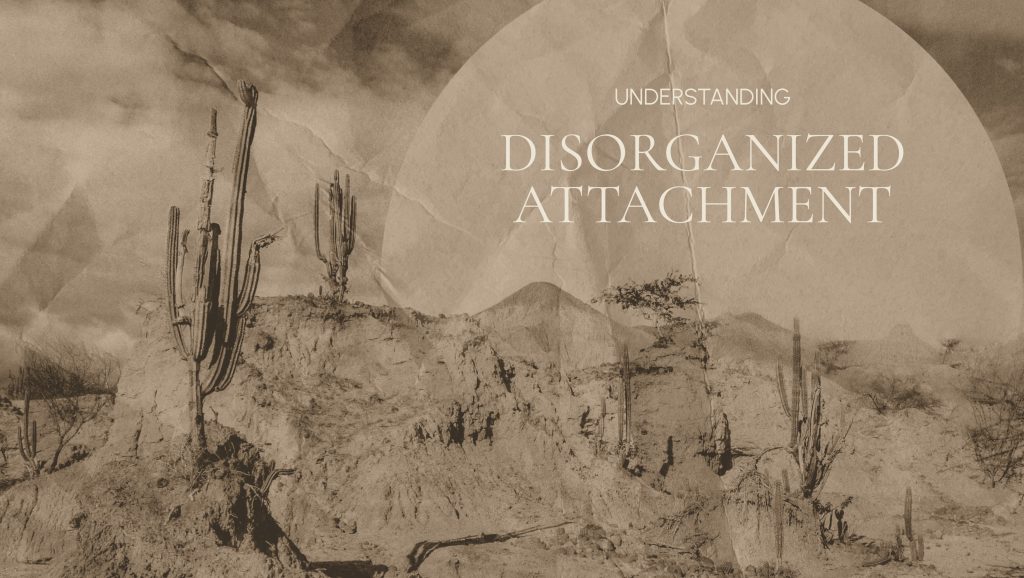Understanding Disorganized Attachment
Attachment, the deep emotional bond that develops between people, is fundamental to healthy human development. When this bond is consistently disrupted, frightening, or unpredictable, particularly in early childhood, it can lead to insecure attachment styles. Disorganized Attachment stems from severe ruptures in attachment and profoundly impacts an individual’s sense of safety, self, and ability to relate to others.
Disorganized Attachment often develops when a person’s primary attachment figure is simultaneously a source of comfort and fear. This dynamic might involve an individual who is abusive, neglectful, unpredictable, or suffers from unresolved trauma themselves, leading to erratic and contradictory behavior. The person is caught in an impossible bind: they need comfort from the very person who frightens them. This creates a deep internal conflict, resulting in a lack of a coherent strategy for regulating emotions or seeking comfort.

Characteristics of Disorganized Attachment can include:
- Contradictory behaviors (e.g., approaching the caregiver while simultaneously looking away).
- Appearing dazed, confused, or disoriented.
- Displaying fear of the attachment figure.
- Lacking a clear pattern for seeking comfort or proximity.
- Intense internal conflict and emotional dysregulation.
- Turbulent and chaotic relationships often repeating patterns of abuse or neglect.
- Difficulty with trust and intimacy.
- High levels of anxiety and fear in relationships.
- Dissociation and a fragmented sense of self.
HOW CAN WE HELP YOU?
Our dedicated team is committed to supporting clients and their families throughout their therapeutic journey.
